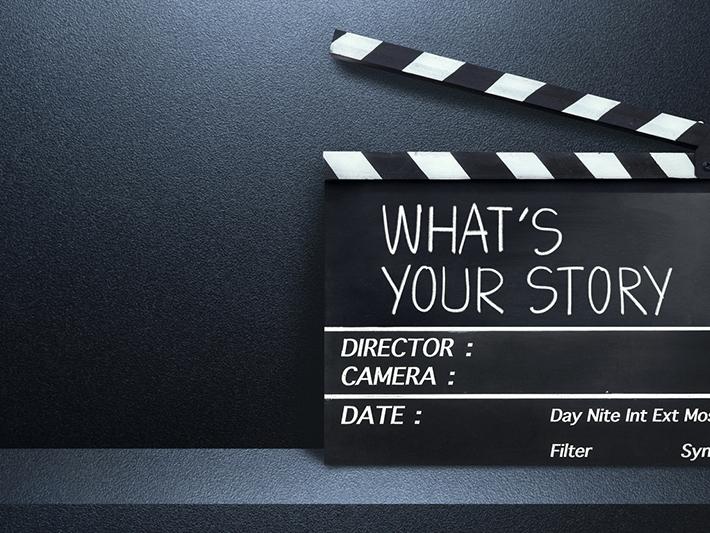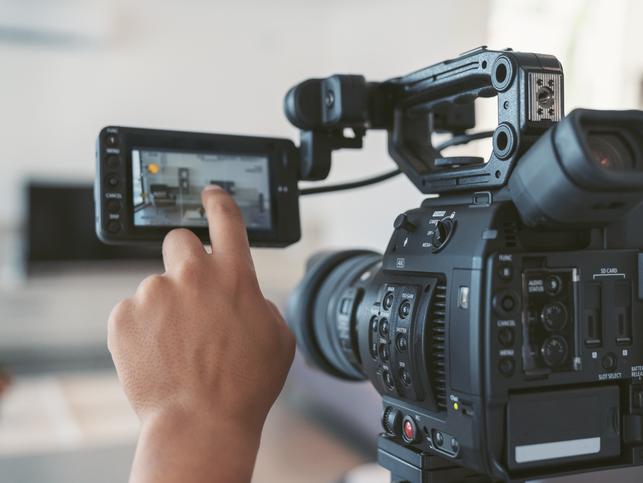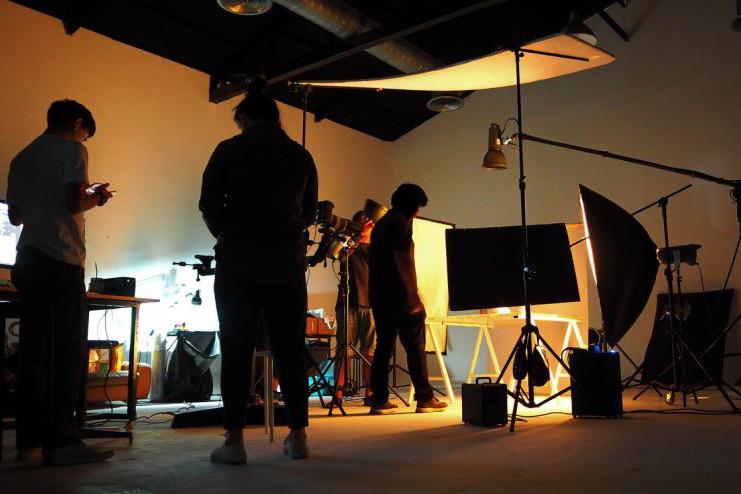
Using documentary film to communicate your social research
“Behind every piece of research – every data point, every graph – and every need for research is a person. Being able to tell the story of that person or hear directly from them brings your research to life. It humanises it, it makes it accessible, and it enables you, as researchers, to reach audiences you otherwise wouldn’t.”
This is documentary-maker Catherine McDonald explaining why film has such an immediate impact on its viewers. In my experience, too, it has proved to be an excellent way to reach out, convey social research and engage people.
Our 20-minute documentary, The Sociologist’s Wife, has been viewed thousands of times in the eight months since it was first posted on YouTube. The film tells the story of three women who were married to eminent British sociologists at a time when the discipline was providing insight into post-war society. It uncovers the hidden ways each wife contributed to her husband’s work. Alongside comment from myself and co-researcher Val Gillies (a professor of social policy at the University of Westminster), the film features interviews with the adult children of each of the wives.
- Campus webinar: how to present research to a wider audience for greater impact
- Read more: 7 strategies for high-impact science communication
- Why is no one listening?
If you haven’t thought of film as a route to research impact, or you aren’t sure whether a film is for you and your research or how to go about commissioning one, here are key takeaways from our experience.
1. Build in funding to produce a documentary film from the start
We stumbled into documentary as a vehicle for telling the world about our research project. Our original idea, costed into our successful research funding application, was for a three-minute video of still images and a voice-over. However, a communications contact convinced us that a documentary film would be a better, more exciting option. It was!
Our budget did not cover this more ambitious venture, so we had stitch together a patchwork quilt of additional funding from various sources. We also had no notion of what making a film would involve before we started.
Don’t do what we did.
In costing a documentary into your funding bid, you need to grasp the production work and time involved. Costs will include preparation work (see point 3), a lighting and camera operator, the film director and/or producer, travel costs and editing suite, as well as likely VAT. Our 20-minute documentary – which is at the longer end of a research-based film – amounted to just under £10,000, including VAT – with a director/producer (the aforementioned McDonald of production company Popping Orange) who was so committed to the project that she began preparatory work before we had put our additional funding into place.
Which brings me to our second takeaway…
2. Find a production company with a vision you trust
We worked with Popping Orange to bring the documentary to fruition. Co-researcher Val and I had little clear sense of what a film about our research might look like. It was the director’s vision to focus on the lives of the sociologists’ wives and reflections from their children. If you’re not a film-maker, what you think might work won’t necessarily. Any nascent ideas Val and I had weren’t half as good as what we ended up with. So it’s important to find a film-maker who you feel understands your research – and to be open to their suggestions.
Feeling in tune with your director and trusting their vision is just as important as the budget. If you’re starting from scratch, use your research skills and look at a range of production companies’ websites and past outputs. Find out if they’ve worked with academics previously.
3. Communicate with the film director as your research progresses
Once we were on this pathway, we made efforts to keep our director in the loop. This allowed her to evolve her vision for the story as our work progressed. We sent through briefing papers and images, and discussed possible scenarios with her. In turn, we were provided with an overview of the film narrative and for each filming day a call sheet, content document and risk assessment (see point 4).
We also visited an archive together so she could see the research materials we were working with and gauge the venue’s possibilities as a film location. You might build team meetings with your director into your regular research timetable.
4. Be brave! Appear on screen yourself
Consider being in the film. An important point of connection for viewers is to see the people who carried out the underlying research, and as researchers we were able to furnish a broader contextual background for the stories about the wives and their children’s viewpoints. We were not keen at first – the film’s director had to persuade us to appear in the documentary. And it’s an understatement to say we were nervous about being filmed and it felt quite stressful. But skilful editing meant that it worked.
We were provided in advance with a series of questions in the film content document that the (off-screen) director would ask us, so we could think through our replies. On the day of filming, we arrived in good time to chat, get a sense of what would happen and feel relaxed. This helped us to convey our fascination and excitement about our topic on camera.
5. Think through distribution and publicity
Clearly, to reach and engage people, a documentary film needs to be seen. We thought about this carefully in preparation for our film, and we chose to post it on YouTube because this is a stable and well-known sharing website for general access. We collaborated with key stakeholders in our field who either hosted screenings of the film or included us in their events, both online and in person. For example, we negotiated for the film to be shown online during the British Sociological Association’s annual conference and a members’ event, as well as being included in an in-person screening at the British Academy’s Summer Showcase.
Consider every way to find and connect with an audience. We have written blog posts to promote the documentary, we post about it on social media, and we give online and in-person talks about our research that highlight the film. We have a website with a page featuring the film. Our online promotions have a link through to this page, and we have postcards with information about the project and a QR code to hand out.
It can also be worth asking your university communications team about support for getting your documentary film out to different audiences.
We’re enormously proud of the documentary, and the stories of the wives still move us whenever we look at them.
Rosalind Edwards is a professor of sociology at the University of Southampton.
If you’d like advice and insight from academics and university staff delivered direct to your inbox each week, sign up for the Campus newsletter.
Additional Links
For more advice and insight related to this topic, see our spotlight guide From the lab to life: how to demonstrate research excellence.




